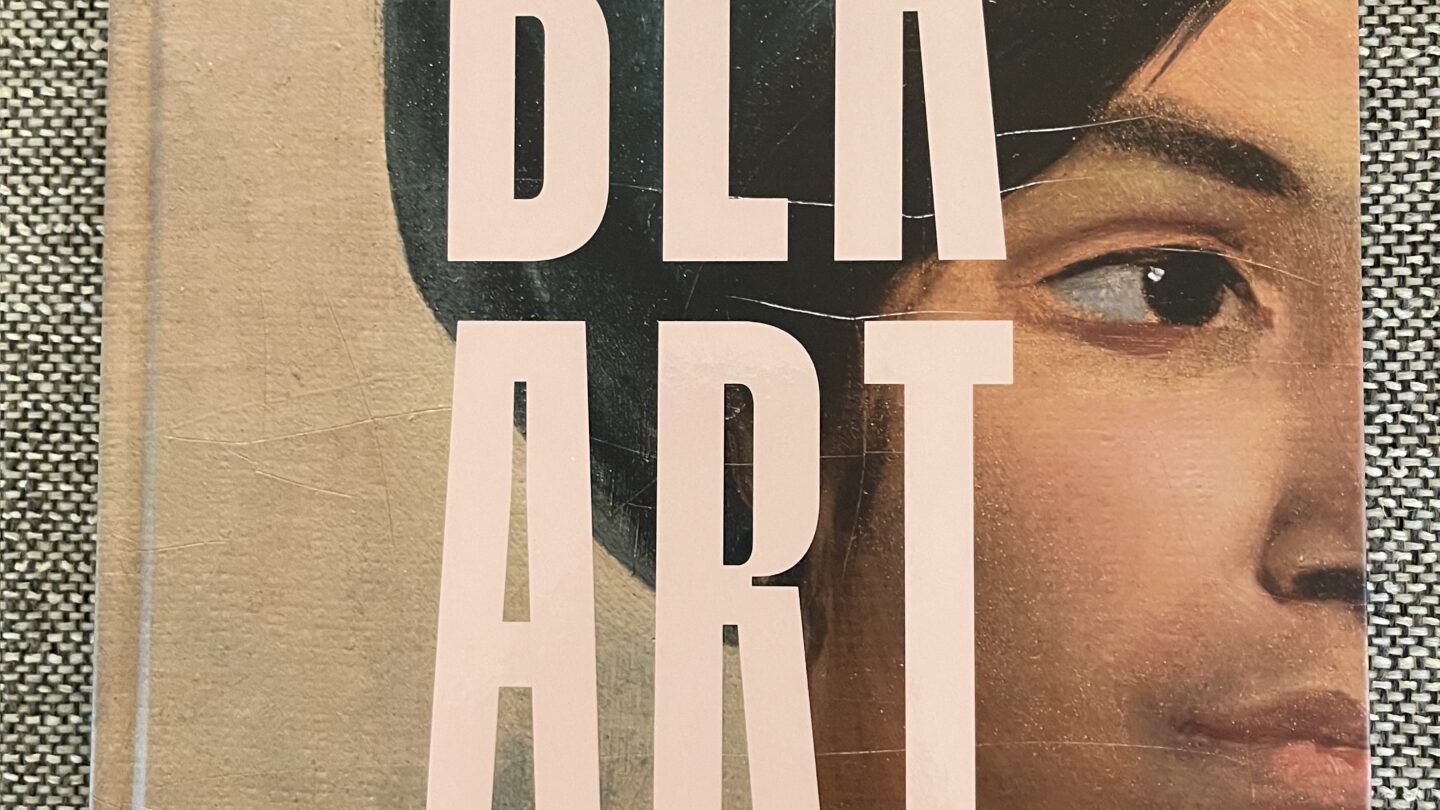New book 'Blk Art: The Audacious Legacy of Black Artists and Models in Western Art' addresses gaping holes in art history

As a girl, Zaria Ware loved history and art museums, but over the years, the gnawing question, “Where do I fit in?” screamed louder within her. She has since found many examples of inclusive art from medieval Germany to Victorian England and beyond – images that comprise her recent book, “Blk Art: The Audacious Legacy of Black Artists and Models in Western Art.”
The poet and author joined “City Lights” host Lois Reitzes via Zoom to talk about her new examination of overlooked Black contributions throughout art history.
Interview highlights follow below.
Addressing the gaping holes in Black history across the world:
“When I started doing the research for Black art, it was amazing to me the hundreds and thousands of amazing stories of Black people around the world… from medieval Germany to Victorian England. And so with seven sections in Part One, the models, I wanted to take the reader on a journey to see Black history really is world history, to see that in all of the stories that we know and love, whether that was in medieval times or in Victorian England, Black people would’ve been there, sometimes at the forefront and sometimes at the background, but they would still have been there.”
“When we think about academic study, many academics refuse to acknowledge Black history, refuse to centralize Black history. And so as the years continued on, eventually, the idea, or even the facts or the truth, that Black people were royalty, were kings, queens, were inventors; the fact that African Kingdom, such as the Congo, the king of the Congo, would send ambassadors and envoys to Portugal, to Europe; the fact that there was an exchange from both ends; all of those ideas were completely destroyed and omitted, so we could have this idea that, of course, has taken hold today, unfortunately, that there really isn’t much to say. We all kind of know what Black history is when in reality, we don’t even know the half of it.”
How Black models in art reveal clues about Black life:
“We see with ‘Where Art Thou Waldo?,’ one of the other sections, which shows the background of some of the little young Black boys that are very common in European art in the 17th and 18th century. And also in the section ‘Amsterdam, Amsterdam,’ it shows how Black figures really were a part of the Dutch Golden Age and the fact that Rembrandt himself, one of the most famous artists in the world of all time, really painted and depicted Black figures and Black people who were his neighbors,” said Ware.
“Throughout time, Black people have been popular choices to pose as models, and then also in imaginative or the imaginary space of certain artists. But in many cases, Black people were, in ‘Turbans, Orientalism and Pumpkin Spice Lattes,’ that section, they were sought out by artists in the 19th century because ‘exoticism…’ was very popular. And so we see the humanity behind a lot of these figures – despite the fact that in many of these time periods, the transatlantic slave trade had started to take hold – we still see that many artists were willing to depict Black people in a very kind or positive way, unlike what we’re used to seeing today.”
Times and places where racial discrimination wasn’t as black and white:
“Before racialized identities were really cemented during the Age of Enlightenment, and of course, during the slave trade in certain countries, the idea of race really wasn’t as we know it to be today,” said Ware. “In many ways, to depict a Black man or a Black woman in a more positive light, it wasn’t as radical as we would view it today because, at the time, they just viewed them as humans. And in reality too, in the medieval age, many factors separated people, and in many ways, it was about religion… not so much as in race.”
“And in ancient Rome, we see that as well. Recently, some archeologists have found in England many bones that belonged to African men and women who were buried with rich clothing. One woman – the ‘Ivory Bangle Lady,’ they called her… was a biracial woman. And so we found so much evidence of the fact that Black people were a part of the daily comings and goings of the time period. Nothing was cemented as in the way that we view it today, so that’s what’s so exciting to me as well, and I hope inspires more investigation… I wanted it to show the reader and to inspire the reader to see that Blackness, at the time, was very different, and in many ways, Black people were able to live a full life.”
“Blk Art: The Audacious Legacy of Black Artists and Models in Western Art” by Zaria Ware is out now and available to purchase here.








